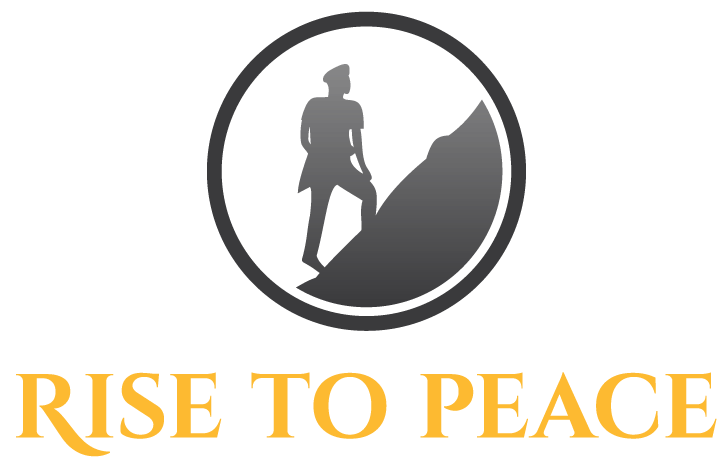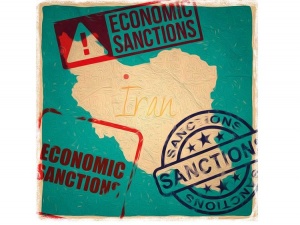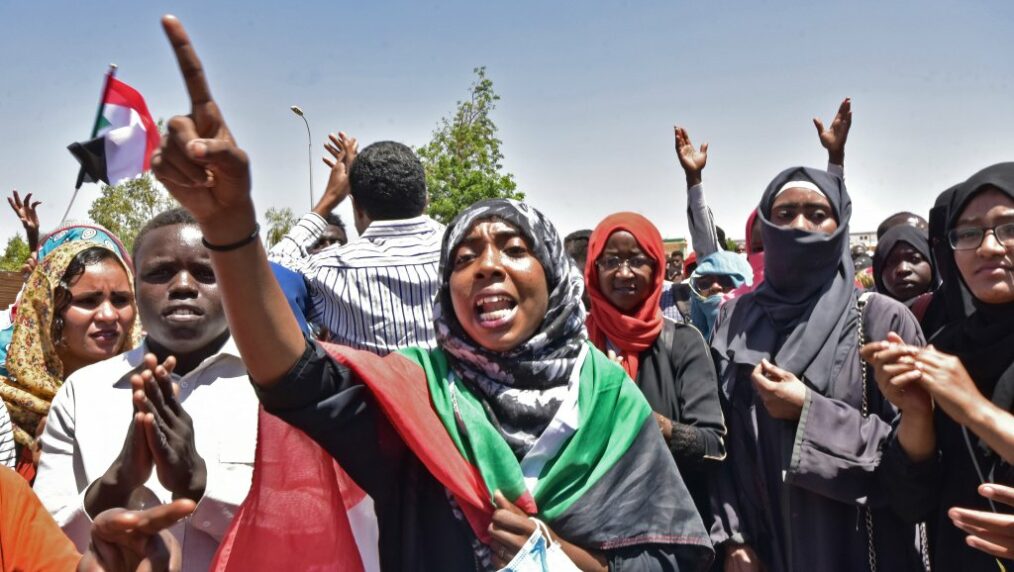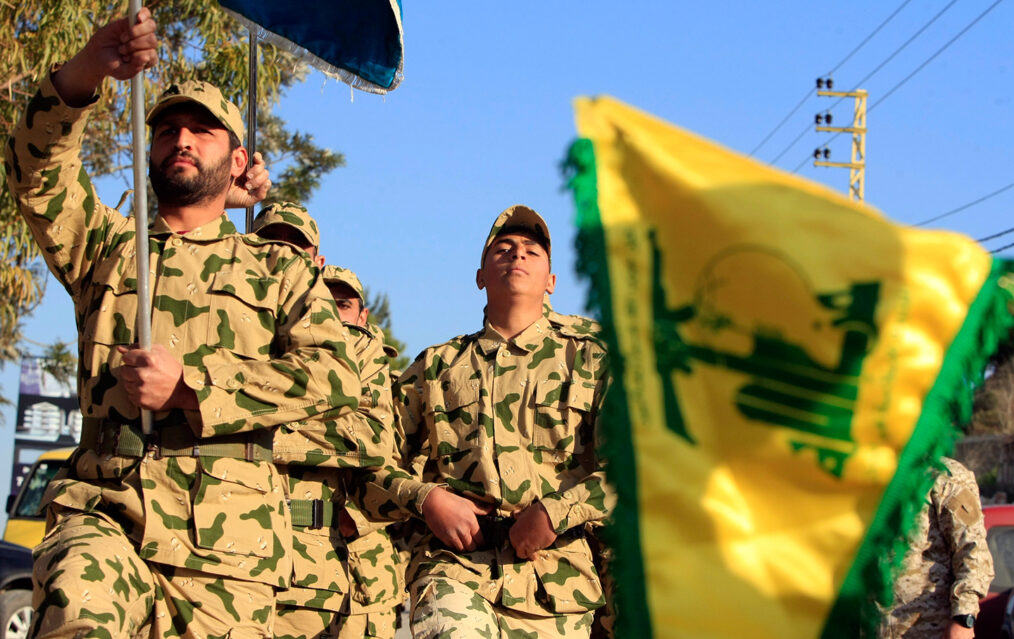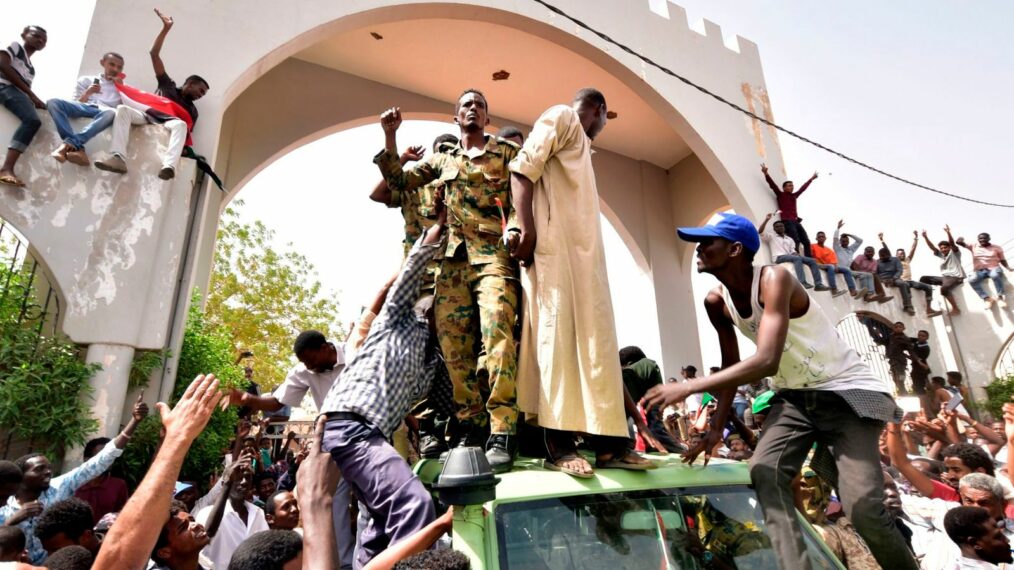
Photo courtesy of Tom Fox Tom Fox/The Dallas Morning News via AP)
On June 17 at 8:50am, a gunman dressed in full tactical gear opened fire outside of the Earle Cabell Federal Courthouse in Dallas, Texas. No officers or citizens were injured except for the gunman, who was later identified as Brian Isaack Clyde. Clyde was shot outside of the courthouse and transported to a local area hospital where he was pronounced dead.
Brian Isaack Clyde was a 22-year old U.S. Army veteran who was discharged after serving 2 years as an Army infantryman. The reason for his discharge has not been disclosed. Clyde was seen wearing a 101st Airborne Division patch on his bullet proof vest outside of the courthouse.
During Clyde’s time in the Army, he achieved the rank of private first class and was never deployed to a warzone. One of the individuals who had served with Clyde stated that he, “felt pressure to stay in the military, but after 2017 wanted to look for a ‘new path.’ ” Clyde left the military and enrolled at Del Mar College, where he received an award for being an outstanding student.
Clyde had come from a family of military veterans and was infatuated with military history and medieval weapons. He participated in war re-enactments and was noted by fellow soldiers as a gun enthusiast. Although he had no prior criminal record, an anonymous FBI official said that the FBI had received a call from Clyde’s half-brother in 2016. His half-brother reported that Clyde was suicidal and had a fascination with guns. At this time, Clyde was still enlisted in the Army and no action was taken by the FBI.
Although a motive has yet to be determined, Clyde’s social media pages seemed to have foreshadowed this event. Just before the attack on Monday, Clyde had posted a photo on his Facebook page of several gun magazines, with the caption stating, “2 40 rounders and 8 30 rounders total”. Although Clyde’s Facebook page has since been removed, several people reported seeing disturbing videos that Clyde had posted. In one video, Clyde refers to a coming “storm” but states that he “is not without defense” while wielding a gun. Another video posted on his page features Clyde looking disheveled, saying “You don’t want to get in my way when I’m angry … because I don’t see you as a person… I see you as food.”
Clyde’s video where he stated a “storm is coming” can be traced back to QAnon conspiracy theorists. The QAnon conspiracy believes that “Trump is part of a countercoup to restore power to the people after more than a century of governmental control by a globalist cabal.” The members of this group believe that a “storm is coming” and that they must be prepared to destroy everyone and everything that stands in their way of creating a state filled only with loyalists. This also includes mass arrest of those that are connived against them. Clyde’s video suggests that he may have been a QAnon conspiracy theorist, although that has yet to be confirmed.
Clyde also frequently posted memes on his personal media pages; these memes referenced incel subculture, which is a forum for men that describe themselves as “involuntarily celibate”. These men gather to commiserate and blame women for their alienation. Members of incel subculture have a history of isolation and rejection, turning to the internet in order to feel a sense of inclusion. They describe themselves as unwanted by society and find women to be the root of their isolation and distress. This incel subculture is one filled with rage, where mass killings are glorified and members are encouraged to take their frustrations out on women.
Not only did Clyde post about QAnon conspiracies and incel subculture, but he also frequently posted about Alex Jones, an American radio show host and alt-right conspiracy theorist, swastikas and confederate flags, verbal attacks against Hillary Clinton, and references to “Hollywood Pedophiles”.
Through his social media activity, Clyde appears to be involved in groups that are generally consistent of isolated, alienated, and depressed individuals. Clyde was involved in the same subculture as other mass shooters, such as the 2014 Isla Vista shooter, who was glorified in incel forums following the shooting. This suggests that Clyde was radicalized online through a combination of these forums. Whether or not Clyde was mentally stable remains under investigation; he may have been particularly vulnerable to radicalization if he was suffering from serious mental illness. Further research into Clyde’s social media activity is necessary in order to identify what influenced him to carry out an attack of this nature.
Caitlyn Ryan is a Counter-Terrorism Research Fellow at Rise to Peace. She holds a Bachelors degree from Amherst College and is also pursuing a Master of Arts degree in international security with a concentration in counter-terrorism from the University of Massachusetts Lowell.
